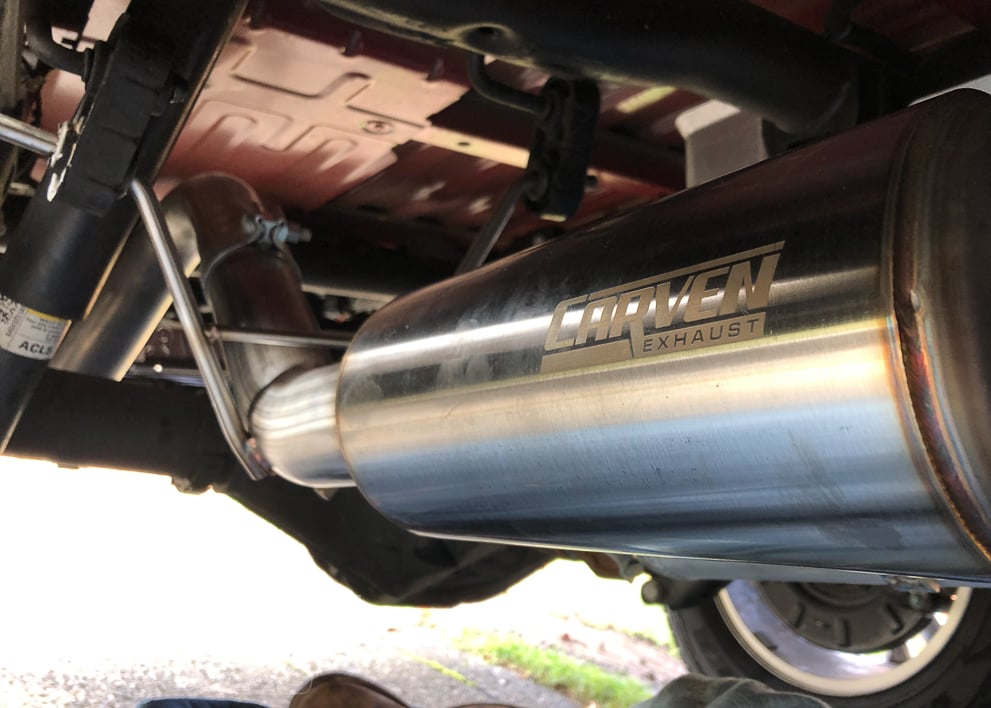Many bloggers, vloggers, and other critics will post their two cents on why a mod that everyone makes may be overrated or misunderstood. In the automotive world, we’ve had well over 100 years to test out what does and doesn’t work. For the most part the ideas behind traditional modifications do hold water. A particular series mod every Silverado owner will want to make to their truck will revolve around the exhaust system - and for good reason.
Table of Contents
- Factory Silverado Exhaust Systems
- We All Love an Aftermarket Exhaust System
- Silverado Exhaust: Exit Point Considerations
- Silverado Catalytic Converters
- Silverado Aftermarket Headers
- Going All-Out
Shop Silverado Exhausts
Exhausts are a matter of personal taste. From where the exhaust exists, the finish on the tips, to the muffler design, there are a huge variety of exhaust systems to choose from. Deciding which is best for your Silverado is dependant on how you plan on using your truck: off-roader, track toy, or work truck?

